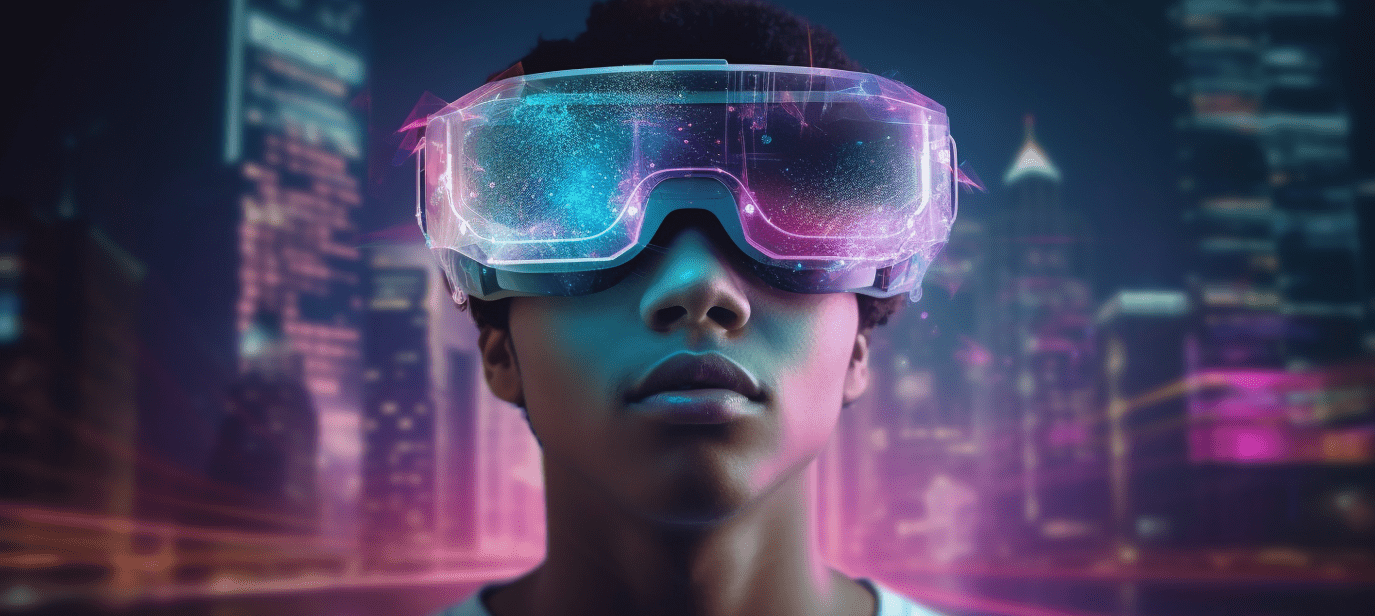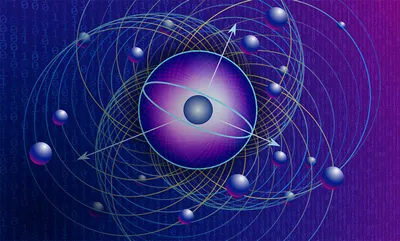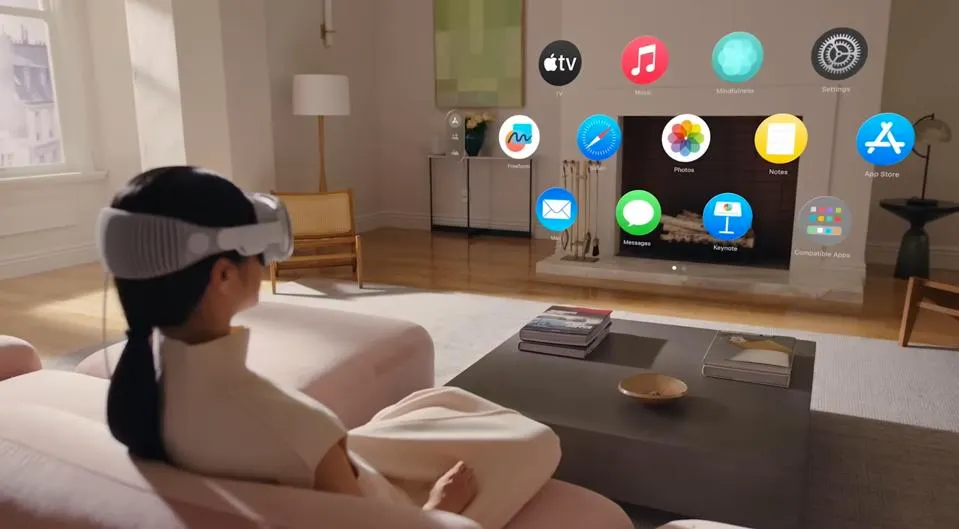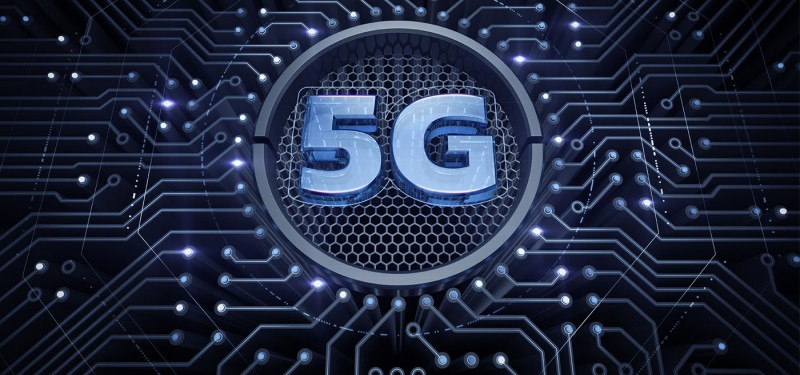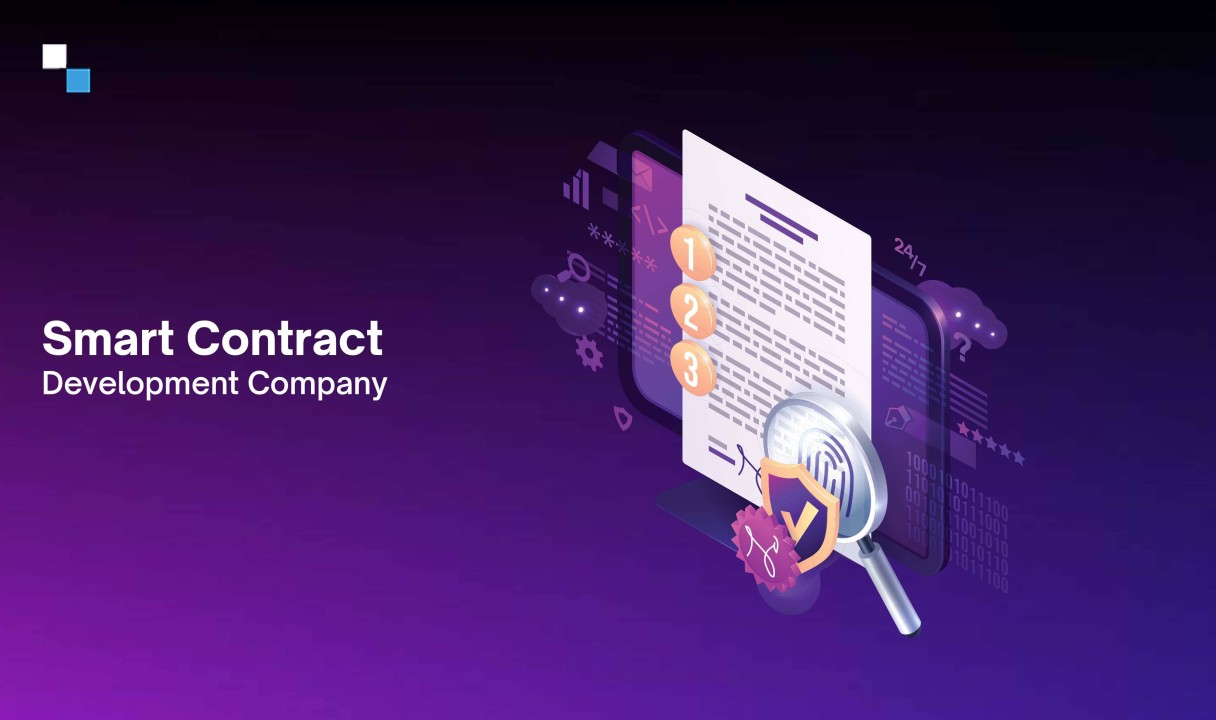Mixed Reality (MR) is an innovative technology that blends the physical and digital worlds, offering a seamless and interactive experience. As MR continues to evolve, it is transforming various industries and reshaping how we interact with digital content. This article delves into the fundamentals of MR, its applications, and its potential future impact.
Understanding Mixed Reality
Mixed Reality, a term often used interchangeably with Augmented Reality (AR) and Virtual Reality (VR), represents a spectrum of experiences that combine real and virtual elements. Unlike AR, which overlays digital information onto the real world, or VR, which creates a completely immersive digital environment, MR merges the two, allowing virtual objects to interact with the real world in a coherent manner.
At its core, MR involves sophisticated technologies such as sensors, cameras, and advanced algorithms that map and understand the physical environment. This allows digital objects to be seamlessly integrated into the real world, creating a dynamic and interactive experience. For instance, MR devices can project 3D holograms onto physical surfaces, which can then be manipulated or interacted with as if they were tangible objects.
Applications of Mixed Reality
The potential applications of MR are vast and varied, spanning multiple industries and domains. In the realm of healthcare, MR is being used to enhance surgical precision and medical training. Surgeons can visualize 3D models of patient anatomy superimposed on the actual body, providing valuable insights during procedures. Similarly, medical students can engage in interactive simulations that replicate real-life scenarios, improving their skills and knowledge.
In the field of education, MR is revolutionizing traditional learning methods. Students can explore historical events, scientific phenomena, or complex concepts through immersive experiences that bring abstract ideas to life. For example, a history class could take a virtual tour of ancient civilizations, or a science lesson could involve interactive simulations of chemical reactions.
The entertainment and gaming industries are also harnessing the power of MR to create engaging and immersive experiences. Games that incorporate MR technology allow players to interact with virtual elements in their real-world environment, blurring the lines between the physical and digital realms. This creates a more immersive and interactive experience compared to traditional gaming setups.
Transforming Work Environments
MR has significant implications for the future of work. In industries such as manufacturing, construction, and design, MR can enhance productivity and collaboration. For instance, engineers and designers can use MR to visualize and manipulate complex models in 3D, facilitating more effective planning and problem-solving. MR can also support remote collaboration by allowing team members to interact with digital models and share insights in real-time, regardless of their physical location.
The integration of MR into everyday work tools is also on the horizon. Imagine using MR glasses to overlay digital information onto physical documents or workspaces, streamlining workflows and improving efficiency. This technology could revolutionize how we interact with data and collaborate with colleagues, making work environments more dynamic and interconnected.
Challenges and Considerations
Despite its promising potential, MR faces several challenges that must be addressed for widespread adoption. One significant challenge is the development of hardware that is both affordable and comfortable for extended use. Current MR devices can be bulky and expensive, limiting their accessibility for many users.
Additionally, ensuring the security and privacy of MR systems is crucial. As MR technology becomes more integrated into our daily lives, safeguarding sensitive data and preventing unauthorized access will be essential. The development of robust security protocols and user privacy measures will be critical in addressing these concerns.
The Future of Mixed Reality
Looking ahead, the future of MR holds exciting possibilities. Advances in technology are likely to make MR experiences more immersive and accessible, with potential applications expanding into new areas such as smart cities, remote work, and personalized entertainment. As MR technology continues to evolve, it has the potential to redefine how we interact with the world around us and shape the future of digital experiences.
Conclusion
Mixed Reality represents a convergence of the physical and digital worlds, offering new ways to interact with and experience information. With its wide range of applications and transformative potential, MR is poised to play a significant role in shaping the future of technology and its impact on our daily lives.
